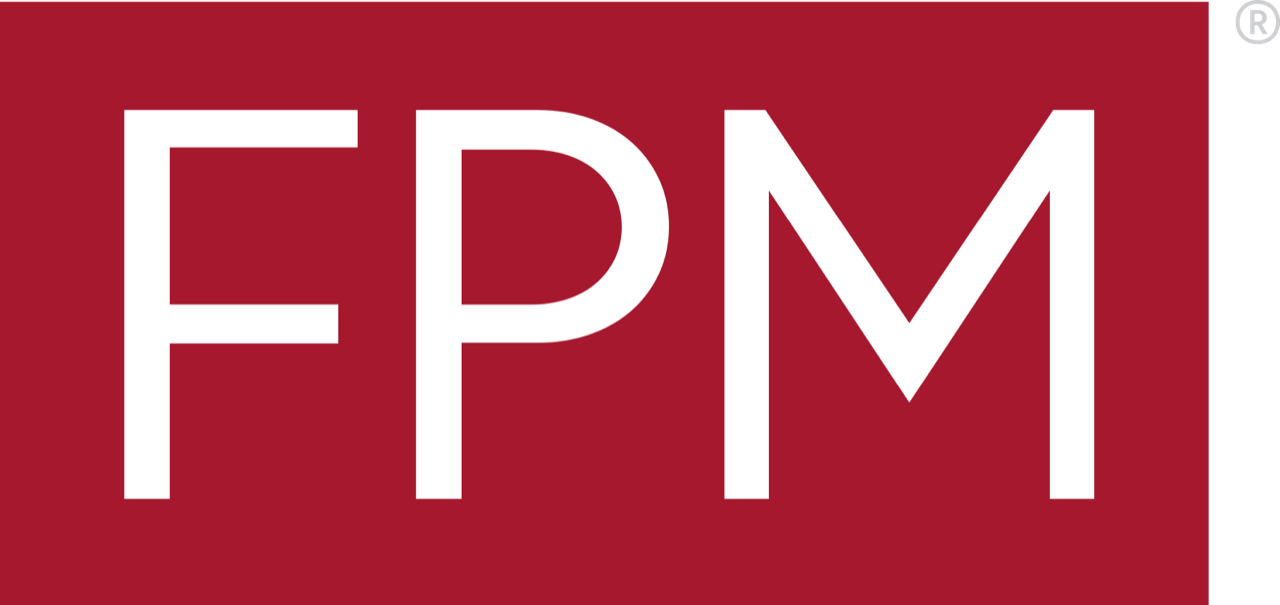Since we've started tracking physician productivity in our practice with relative value units (RVUs), we've discovered that the work RVUs for ob ultrasounds are quite low for the amount of work and expertise required. For example, 0.99 work RVUs are allowed for the most common procedures, 76801, “Ultrasound, pregnant uterus, real time with image documentation, fetal and maternal evaluation, first trimester (<14 weeks, 0 days), transabdominal approach; single or first gestation,” and 76805, “Ultrasound, pregnant uterus, real time with image documentation, fetal and maternal evaluation, after first trimester (> or = 14 weeks 0 days), transabdominal approach; single or first gestation.” This is compared to the more than 3 work RVUs assigned to colonoscopies, which require the same amount of time. Do the work RVUs associated with ob ultrasounds refer only to interpreting the ultrasound and not also to performing it?
Yes. The work RVUs assigned to the ob ultrasound codes (76801–76817) represent only the professional component of the service (the physician interpretation and report). The technical component (the actual performance of the ultrasound) is captured principally through the practice-expense RVUs. If a physician, rather than a technician, is doing the ultrasound, you may want to credit the physician with the practice-expense RVUs in addition to the work RVUs. In the case of 76801, this would be 3.44 RVUs (0.99 work RVUs and 2.45 practice-expense RVUs), which would be comparable to the 3.69 work RVUs for a diagnostic colonoscopy (code 45378).

